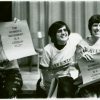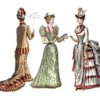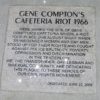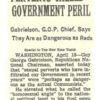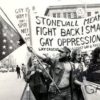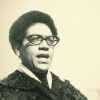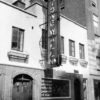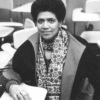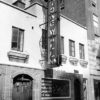
This lesson plan explores the history of LGBTQ Liberation from 1959 - 1979, and is a companion to the exhibit "Stonewall 50: The Spark That Lit the Flame" from the Center on Colfax's Colorado LGBTQ History Project. It includes primary sources and panels from the exhibit designed to weave together, in cooperative small-group learning, the narrative of Stonewall with the LGBTQ history of Denver. Students will use primary sources not widely available, and will understand the context leading up to Stonewall and the changes which occurred there after. From the Mattachine Society, the Black Cat Tavern and Compton's Cafeteria Riot, to the Denver Gay Revolt, Harvey Milk, as well as a detailed timeline of the riots, and the diverse voices there-in. Your students will be among the first generation of Americans to know and tell these stories. Their words will shape the future and change the world. (Includes: Bibliography, Teacher Resources, Understanding By Design, Colorado Content Standards Aligned, Grades 8-12).
During this lesson students will answer a question open to historical debate "Why were the Stonewall riots the moment that sparked the LGBTQ Liberation Movement in American History?" Students will then be given panels from the Stonewall 50 history exhibit talking about the history of Stonewall: the events leading up to Stonewall, the events of the riots themselves, and the events and organizations that developed after the riots, such as the Gay Activist Alliance (GAA) and Gay Liberation Front (GLF), as well as the first Denver LGBTQ pride event, and the National March on Washington for Gay & Lesbian Rights in 1979. Students will be given 15 minutes to read panels from the exhibit underlining the important names, dates and events. Students will then share what they learned. Students will then create their own posters outlining the events of the riots as a formative assessment.
